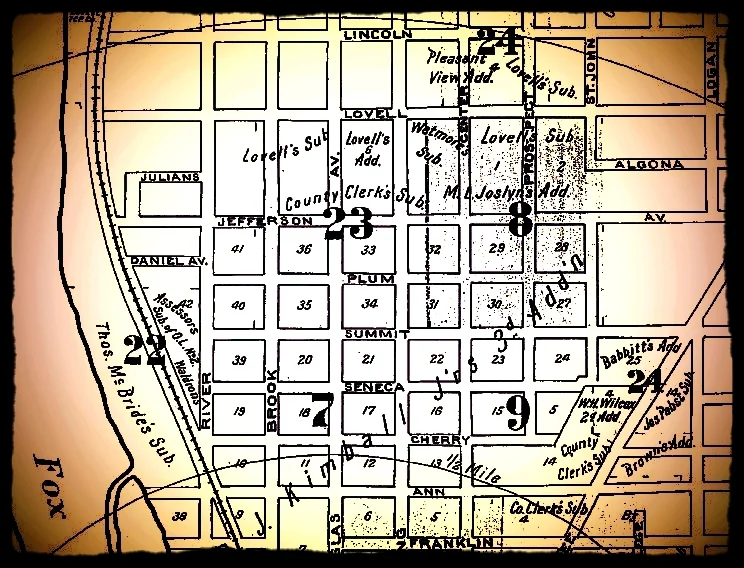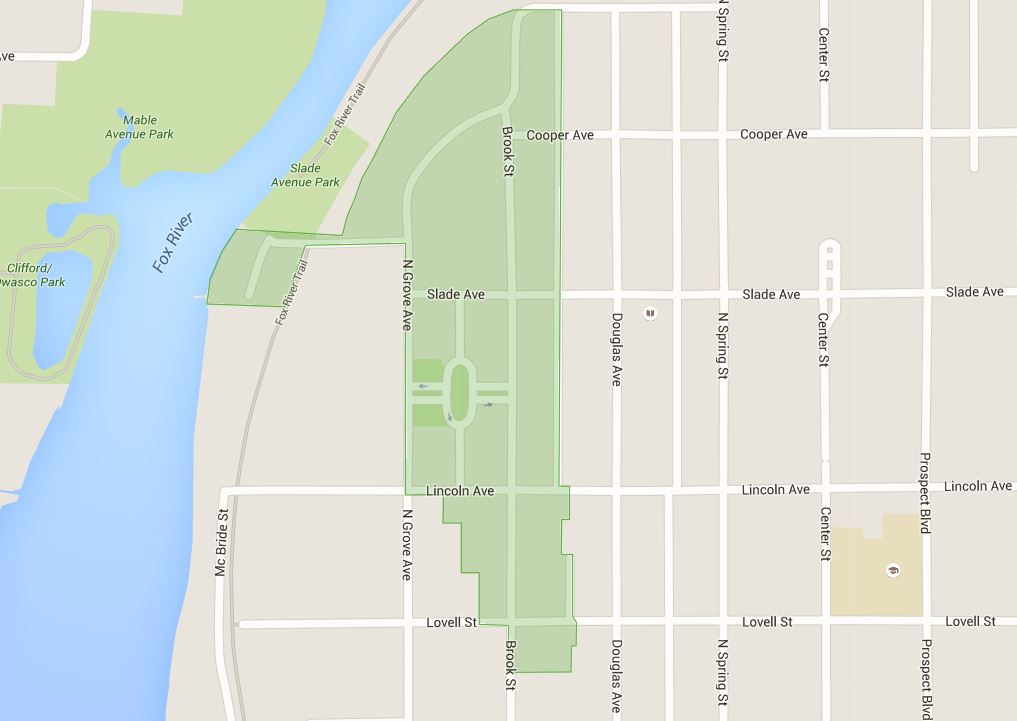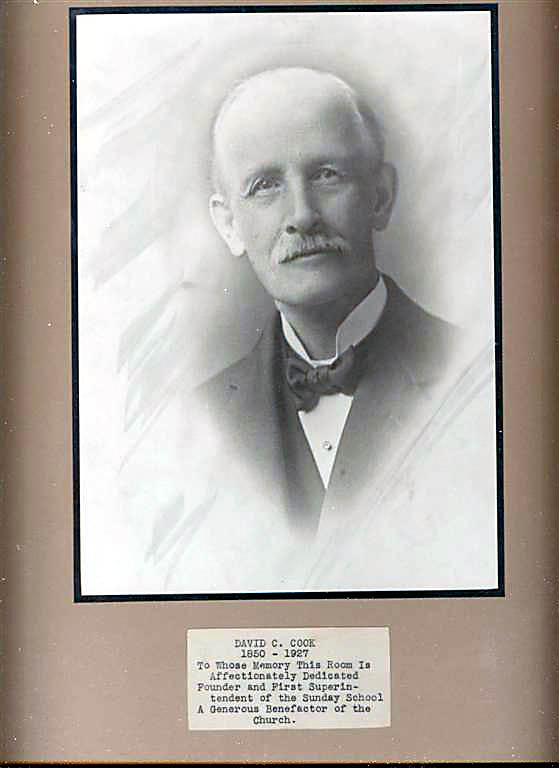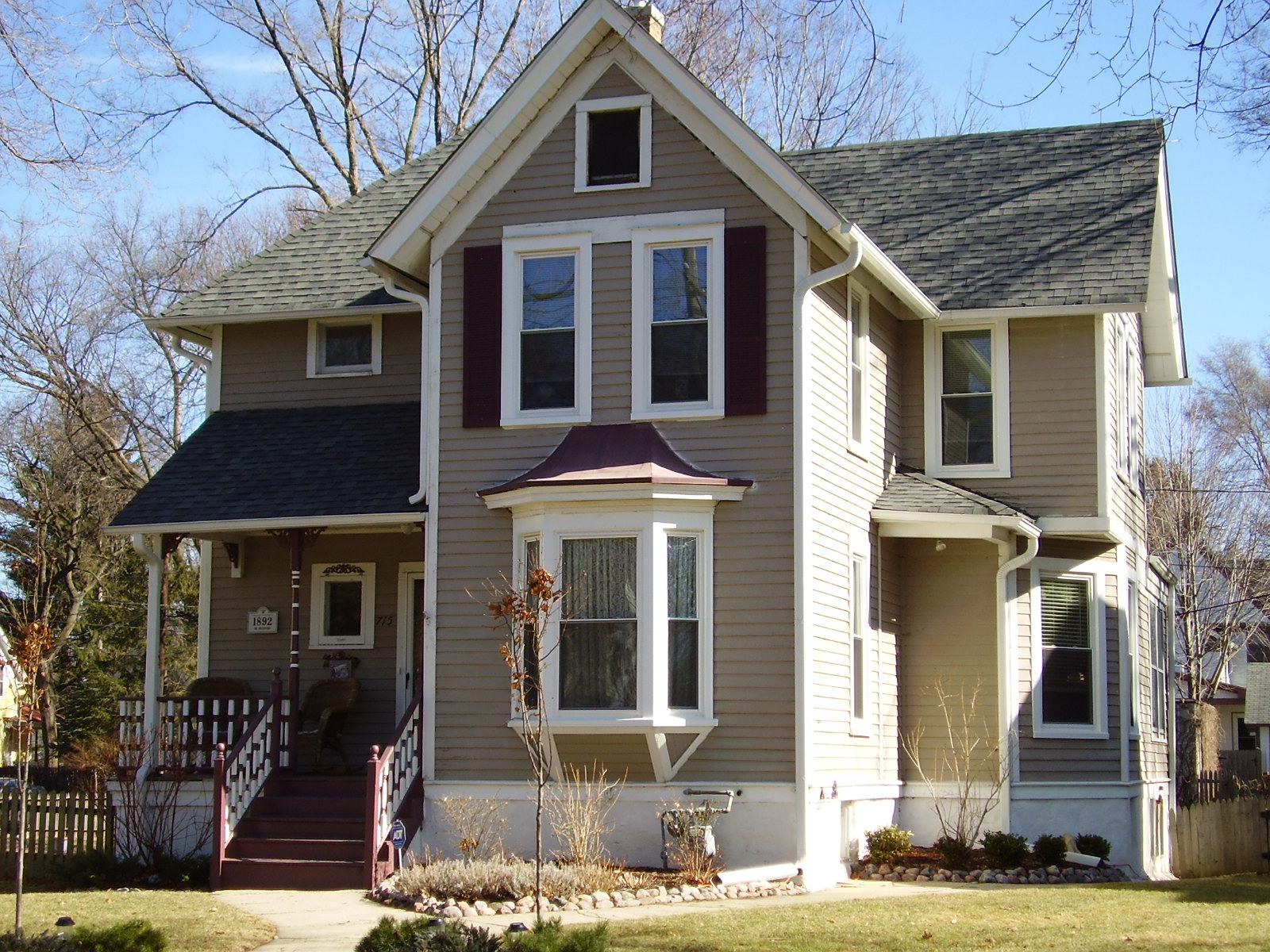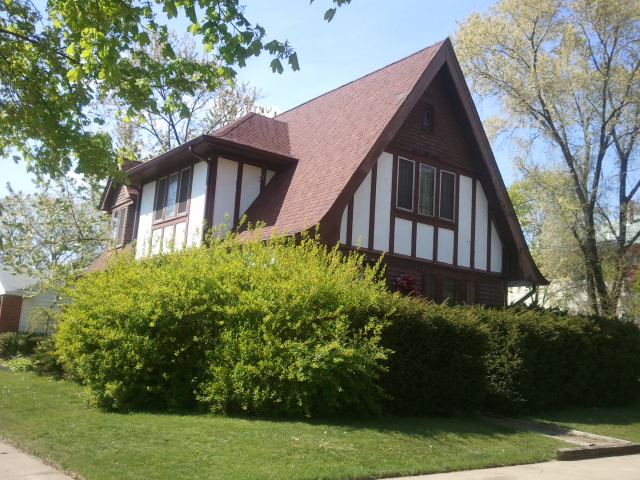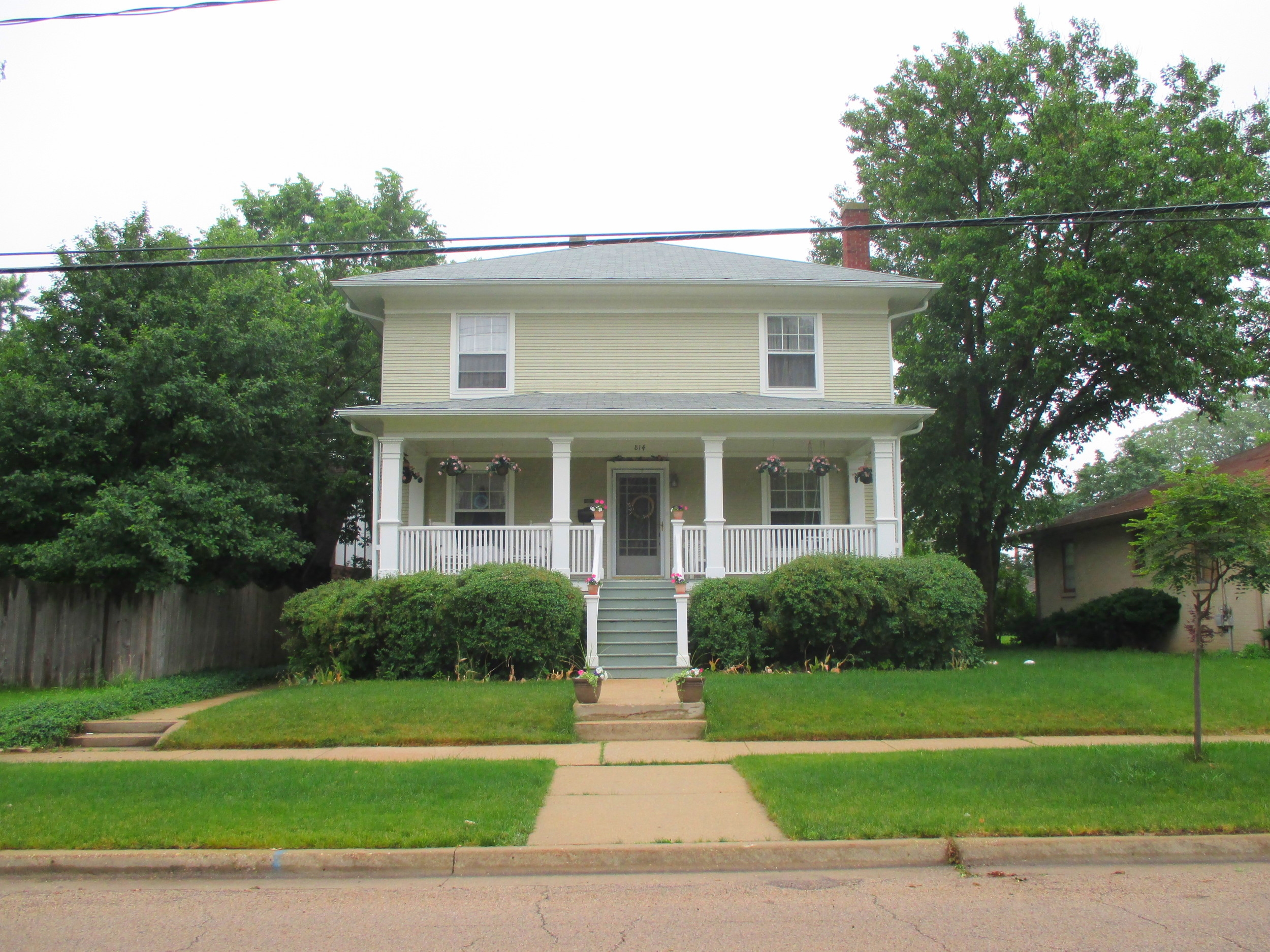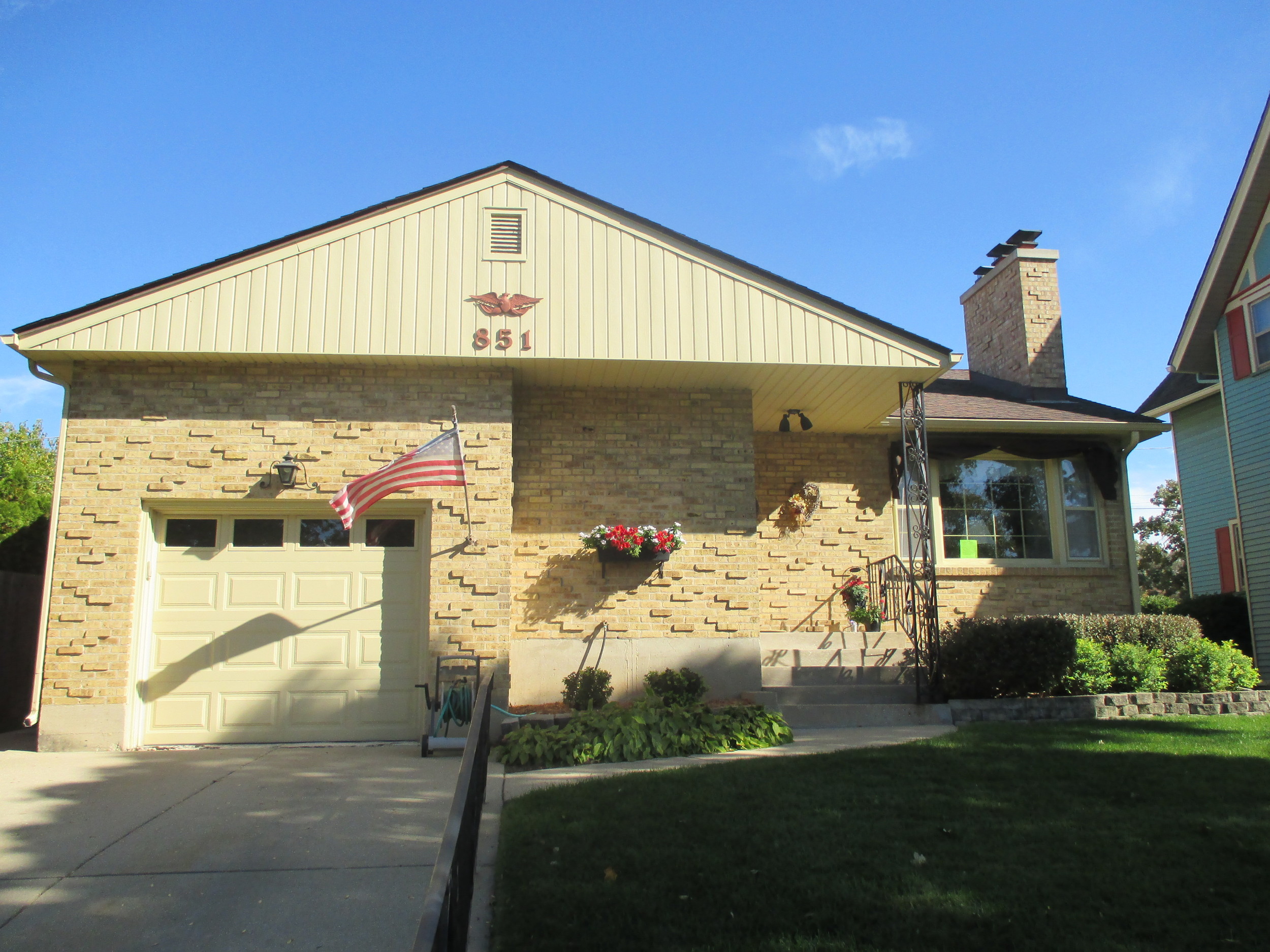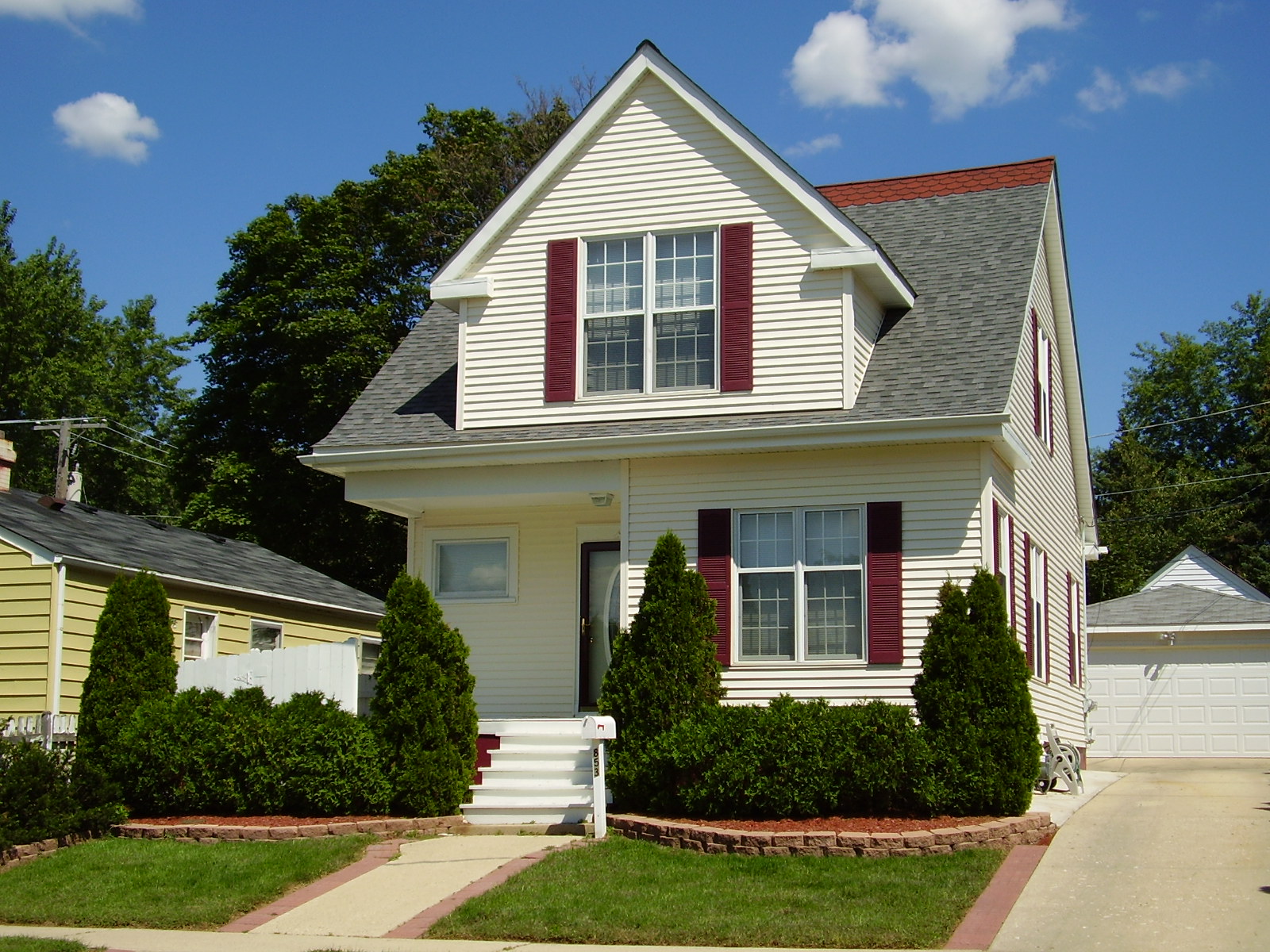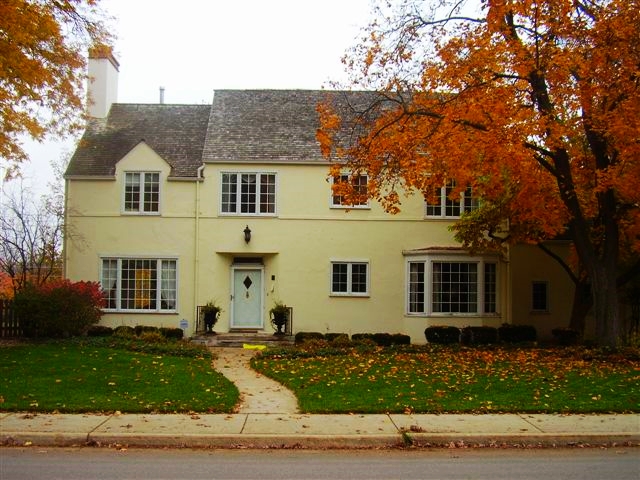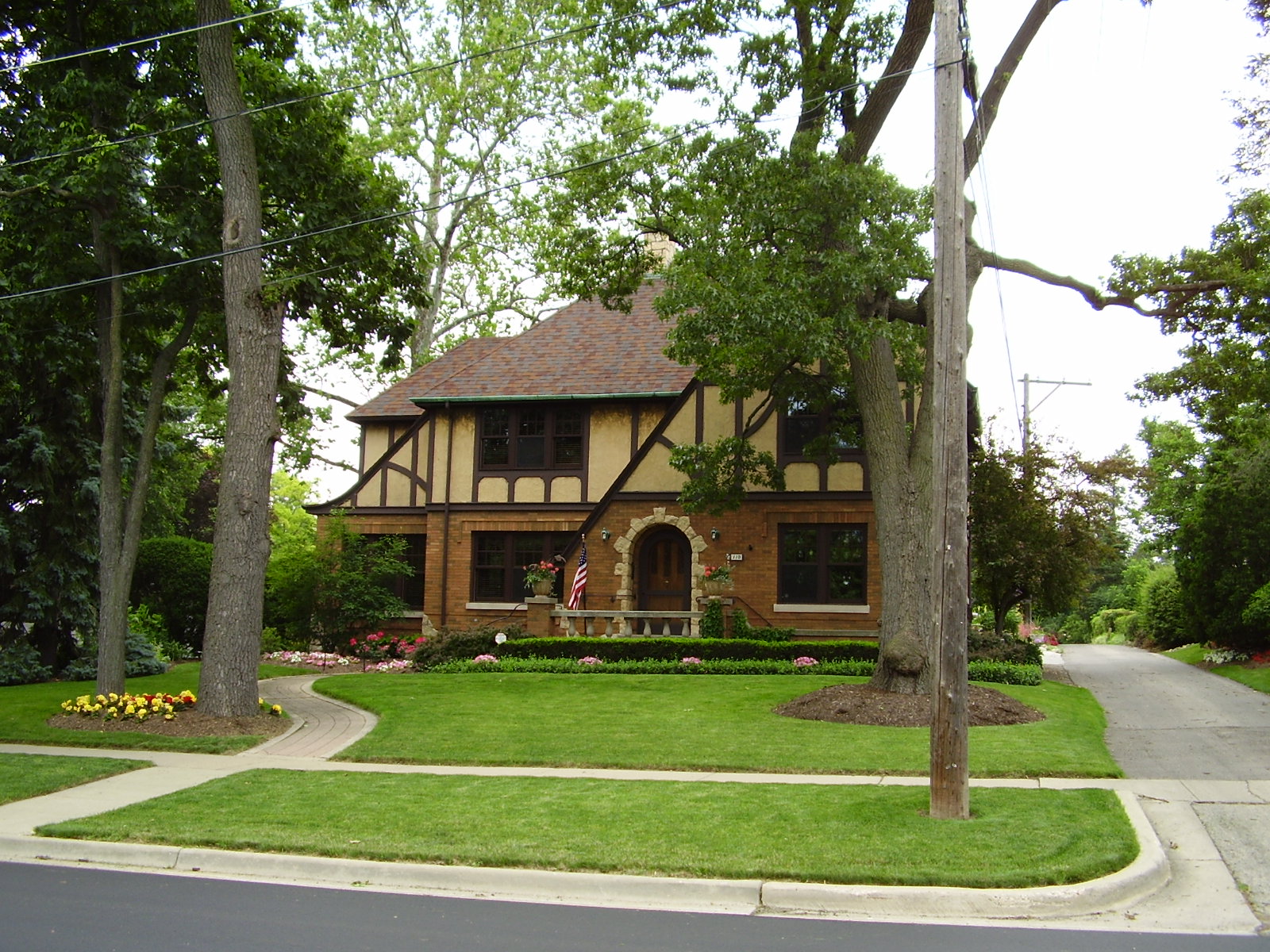D.C. COOK/LOVELL AREA HISTORIC DISTRICT
D.C. Cook/Lovell Area Historic District - 2007
The D.C. Cook/Lovell Area Historic District comprises part of Home in the Woods Subdivision established in 1926, David C. Cook's Addition established in 1901, Lovell's Grove Addition established in 1893, Pillinger's Subdivision, Lovell's Subdivision of Lovell's Addition established in 1913 (Lovell's Addition was established in 1868) and Towner's Subdivision established in 1862.
The district is associated with David C. Cook who founded the David C. Cook Publishing Company. The company was established in Chicago in 1875, moved to Elgin in 1882, and finally to its present 8 acre location along the Fox River in 1901. The company was a publisher of religious texts. The portion of David C. Cook's Addition within the district includes the residential lots and a park (Esmeralda Park) located opposite of the publishing house.
The district is also associated with Vincent Lovell, an early settler in Elgin who owned lands North of Jefferson Avenue. Lovell, a merchant, came to Elgin in 1837 and bought 160 acres extending east from the Fox River. Lovell was one of the small groups that was granted the charter for Elgin Academy in 1839. The school did not open until 1856, after Lovell's death. His wife Lucy, a teacher, became a benefactor of the Academy, and saw to it that her two sons were well educated. With her son Vincent S. (a later mayor of Elgin between 1887-1889), she began subdividing family lands in 1868, particularly those west of Spring Street and to the areas north and south of Lincoln Street.
The district embodies very fine examples of the Queen Anne, Craftsman and Craftsman Bungalow, Prairie, Tudor Revival, Colonial Revival, Dutch Colonial Revival, Classical Revival, Renaissance Revival, and Cape Cod styles. A few later examples in the Ranch and Split Level Raised Ranch also exist. The building types that exists within the proposed district include the Front and Side Gable Houses, Mail-Order Housing, the Bungalow, the Gambrel Cottage and the American Foursquare.
Sources: Elgin Design Guideline Manual for Landmarks and Historic Districts; Audio: Text Aloud
